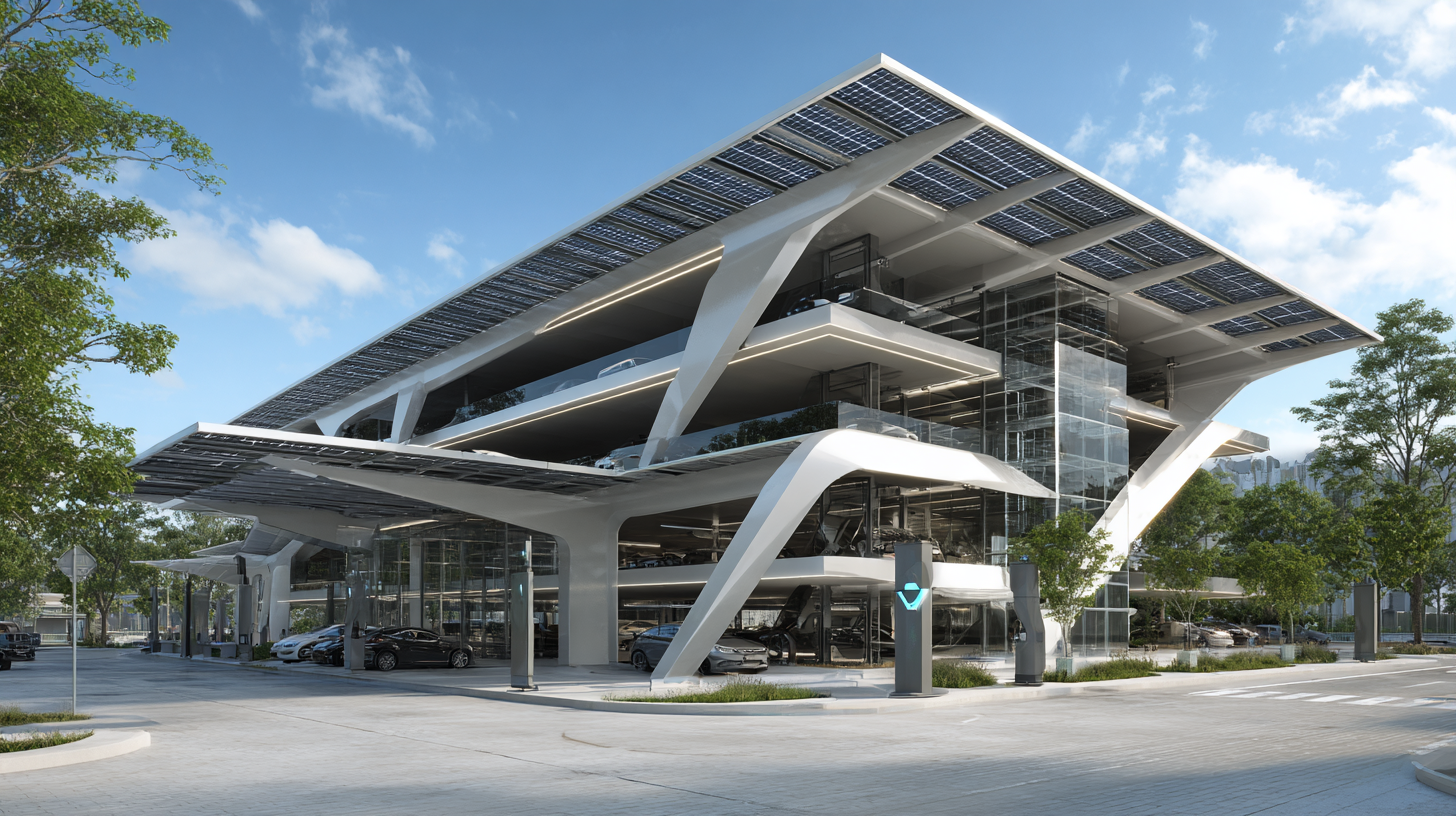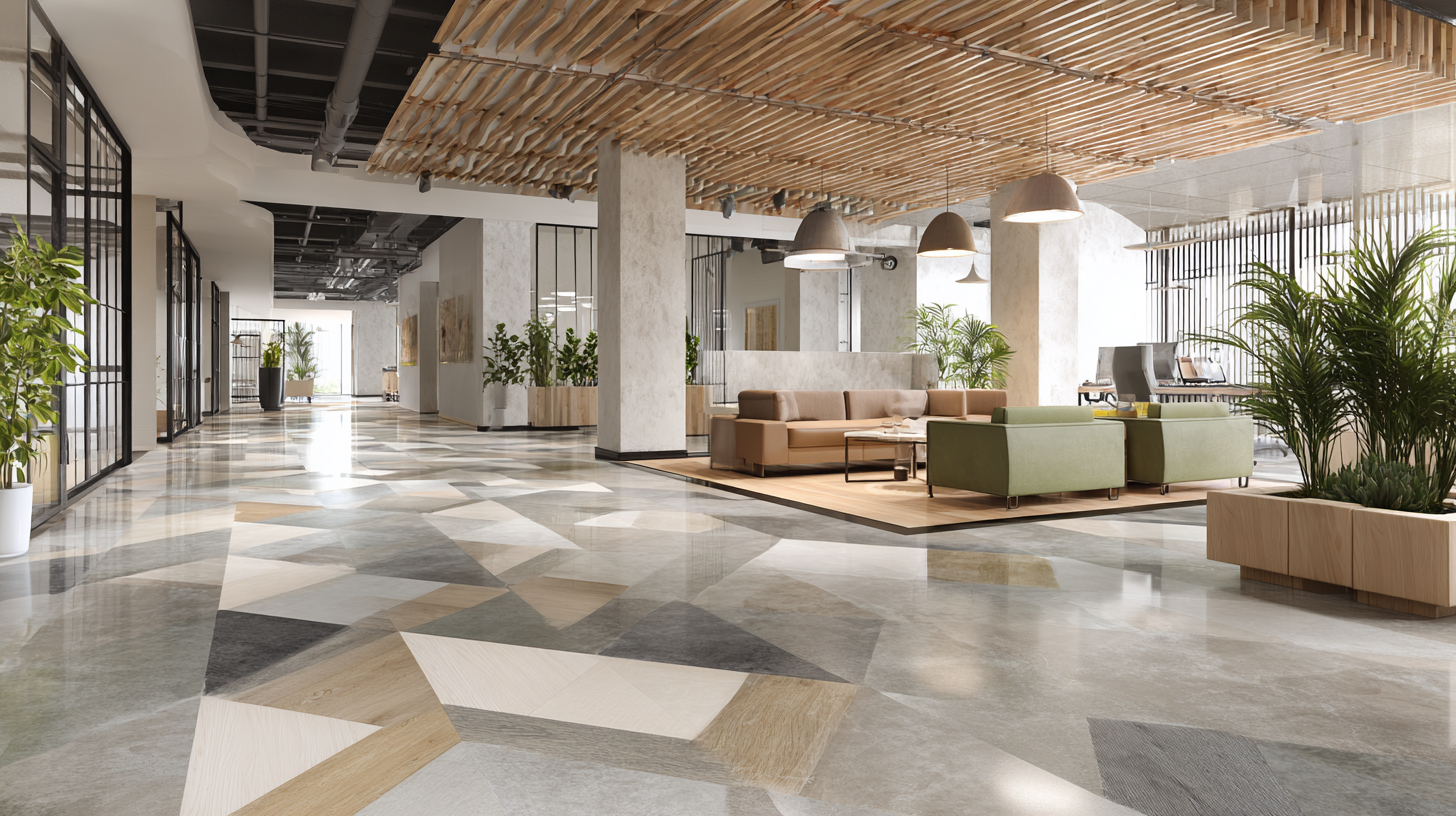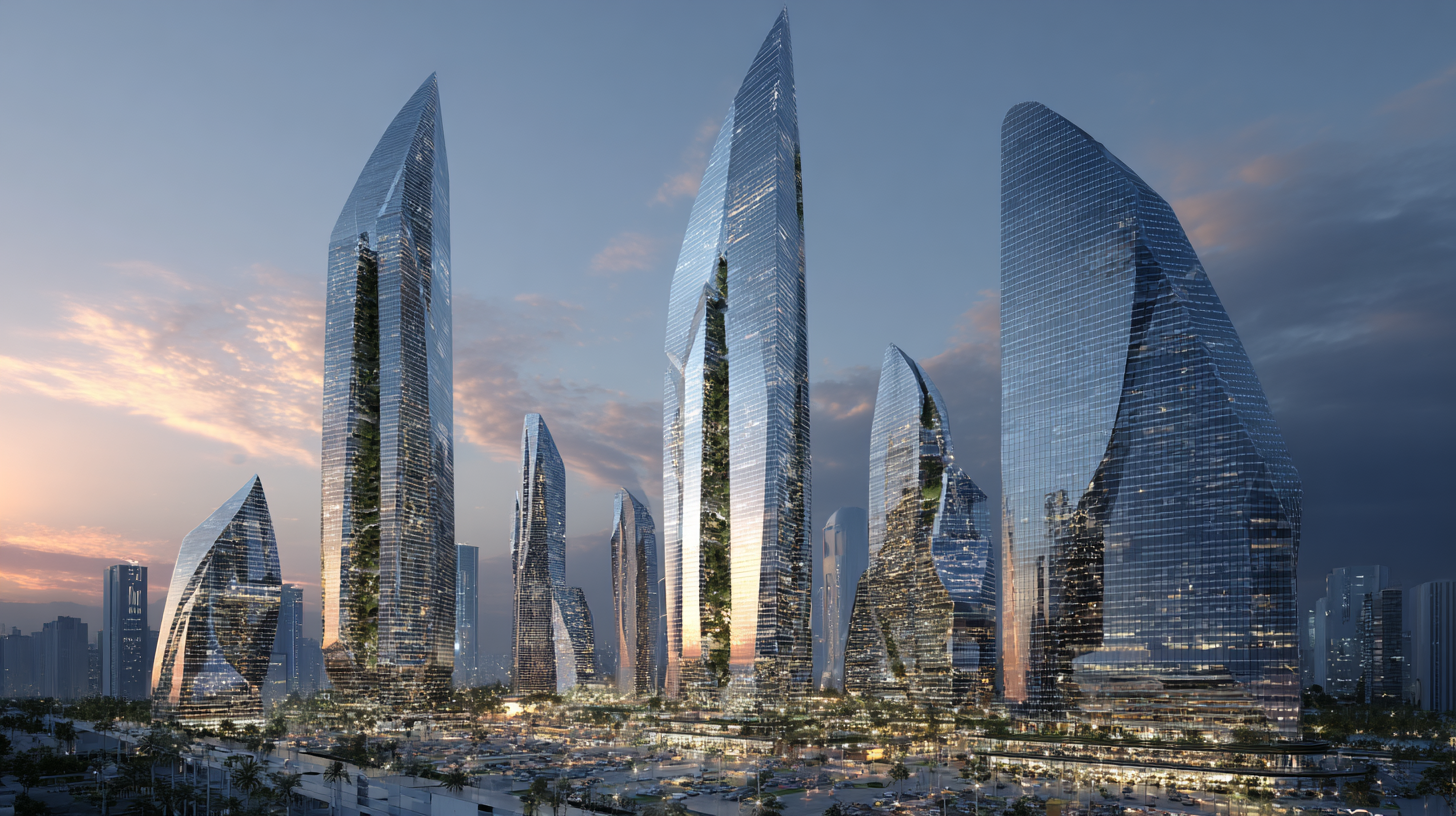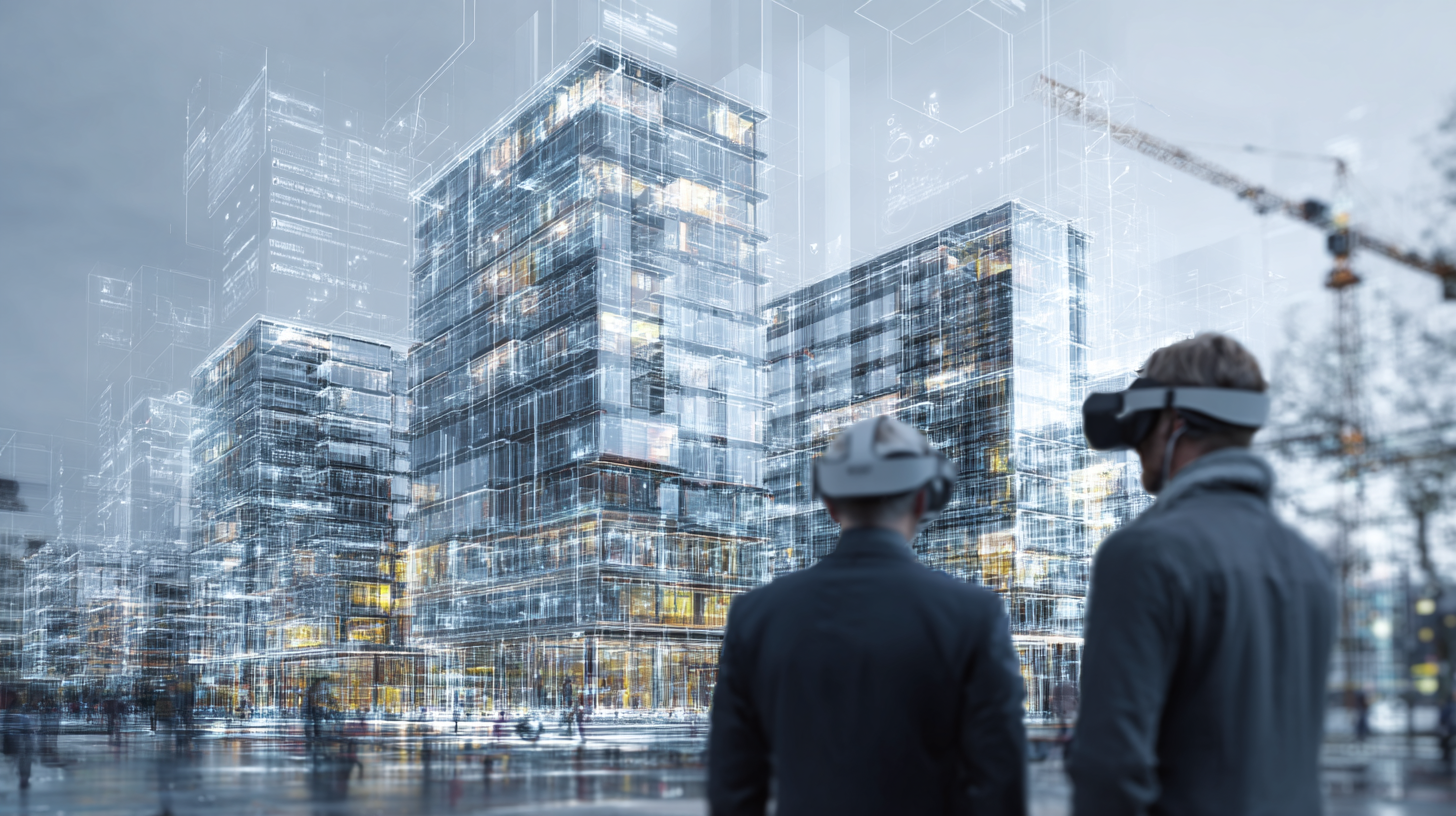
Top Trends Transforming Commercial Parking Structures
Commercial parking structures have evolved far beyond simple concrete boxes designed to store vehicles. As urbanization accelerates and cities become denser, parking facilities must serve multiple functions while addressing environmental concerns and technological advancements.
Modern commercial developers recognize that parking infrastructure directly impacts property values, tenant satisfaction, and long-term operational costs. The parking experience now influences business decisions, from office leasing to retail foot traffic. Smart investors understand that outdated parking facilities can become liability rather than assets.
Buildiyo, recognized as the best commercial construction company in Chennai, has witnessed this transformation firsthand. The integration of sustainability, technology, and user-centric design has become essential for competitive commercial projects. Let’s explore the key trends reshaping commercial parking structures and their implications for developers and building owners.
Smart Parking Systems: The Digital Revolution
IoT sensors embedded throughout parking structures now provide real-time data on space availability, reducing the time drivers spend searching for parking spots. These sensors communicate with central management systems, creating comprehensive occupancy maps that can be accessed through mobile applications.
Mobile apps have transformed the parking experience by enabling automated entry, exit, and payment processing. Users can reserve spaces in advance, receive navigation guidance to their assigned spots, and complete transactions without human interaction. This contactless approach gained significant momentum following the pandemic and continues to drive adoption.
The benefits extend beyond convenience. Smart parking systems reduce traffic congestion within structures by 30-40%, as drivers no longer circle endlessly searching for spaces. This reduction in idle time translates to lower emissions, reduced wear on parking surfaces, and improved air quality within enclosed structures.
Sustainable Parking Structure Design: Green Solutions
Solar panel installations on parking structure rooftops have become increasingly common, transforming these surfaces into energy generation assets. A typical multi-level parking structure can generate enough solar power to offset 60-80% of its lighting and operational energy needs.
Green roofs and vertical gardens integrated into parking structures serve multiple purposes. They improve stormwater management, reduce the urban heat island effect, and enhance the aesthetic appeal of otherwise utilitarian buildings. These features also contribute to LEED certification points, making properties more attractive to environmentally conscious tenants.
Energy-efficient LED lighting systems combined with motion sensors can reduce energy consumption by up to 75% compared to traditional fluorescent systems. Smart lighting adapts to occupancy levels and natural light availability, ensuring adequate illumination while minimizing waste.
Sustainable parking structure design principles help commercial properties reduce their carbon footprint while potentially qualifying for green building incentives and tax credits. These environmental benefits increasingly influence tenant decisions and property valuations.
Multi-Use and Flexible Parking Structures
The concept of single-purpose parking structures is becoming obsolete. Modern designs incorporate retail spaces on ground floors, office areas on intermediate levels, and dedicated zones for electric vehicle charging stations. This mixed-use approach maximizes revenue per square foot while creating vibrant, active spaces.
Adaptive design features enable parking structures to be repurposed as urban needs evolve. Wide floor plates, minimal structural columns, and adequate ceiling heights allow for future conversion into office spaces, retail areas, or even residential units. This flexibility protects long-term investment value.
The economic benefits are substantial. Mixed-use parking facilities can generate 40-60% higher revenue than traditional structures through diversified income streams. They also tend to have higher occupancy rates and attract more desirable tenants.
Electric Vehicle Charging Integration
Electric vehicle adoption continues to accelerate, with commercial properties now requiring EV charging infrastructure to remain competitive. Forward-thinking developers are installing charging stations for 20-30% of parking spaces, with electrical infrastructure prepared for future expansion.
Smart charging networks optimize energy usage by distributing power load across multiple vehicles and integrating with building energy management systems. Fast-charging solutions can provide 80% battery capacity in 30-45 minutes, making them suitable for office buildings and retail centers.
Commercial properties without EV charging capabilities risk obsolescence as electric vehicles become mainstream. Building codes in many jurisdictions now mandate EV-ready infrastructure in new construction and major renovations.
Automated and Robotic Parking Solutions
Robotic parking systems maximize space efficiency by eliminating the need for driving lanes and ramps. These systems can increase parking capacity by 50-100% within the same footprint compared to conventional designs. Vehicles are transported by automated lifts and positioning systems to designated spaces.
Automated stacking systems work particularly well in high-density urban environments where land costs are prohibitive for traditional parking structures. These systems reduce the building footprint while maintaining adequate parking supply for commercial tenants.
Safety benefits include elimination of pedestrian-vehicle conflicts within parking areas and reduced risk of accidents caused by driver error. The automated systems also provide enhanced security, as vehicles are stored in restricted areas accessible only through the automated retrieval system.
Aesthetic and User-Centric Design
Modern parking structures prioritize architectural appeal alongside functionality. Facades incorporate materials and design elements that complement the primary commercial building, creating cohesive development aesthetics that enhance property values.
Improved lighting design enhances both safety and user experience. Well-lit parking areas reduce crime rates and help users navigate more easily. Clear signage systems and intuitive wayfinding reduce stress and improve the overall parking experience.
ADA compliance goes beyond minimum requirements to create truly accessible spaces. This includes adequate lighting, clear sight lines, accessible payment systems, and convenient locations for accessible parking spaces relative to building entrances.
Technology-Enhanced Safety and Security
AI-powered surveillance systems monitor parking structures continuously, identifying suspicious activities, unauthorized access attempts, and safety hazards. These systems can alert security personnel immediately and provide valuable evidence when incidents occur.
Smart fire safety systems designed specifically for parking structures include advanced ventilation controls that manage smoke evacuation and specialized detection systems that account for vehicle emissions and other parking-related factors.
Enhanced safety standards now include emergency communication systems, improved lighting levels, and design features that eliminate blind spots and hidden areas where criminal activity might occur.
The Future of Commercial Parking Structures
Autonomous vehicles will significantly impact parking structure design within the next decade. Self-parking vehicles require different infrastructure, including dedicated drop-off zones, automated valet systems, and modified space configurations optimized for unmanned vehicle storage.
Mobility hubs represent the evolution of parking structures into comprehensive transportation centers. These facilities integrate bike storage, ride-share pickup zones, public transit connections, and traditional parking into unified systems that support multiple transportation modes.
The next 5-10 years will see continued integration of renewable energy systems, advanced materials that reduce construction costs and environmental impact, and further automation of parking operations. Properties that anticipate these changes will maintain competitive advantages.
Building Tomorrow’s Parking Solutions Today
Commercial parking structures have transformed from simple storage facilities into sophisticated, multi-functional assets that contribute to property values and tenant satisfaction. The trends driving this evolution smart technology, sustainability, flexibility, and user experience will continue shaping the industry.
Success requires partnering with experienced commercial construction professionals who understand these emerging trends and can implement future-ready solutions. The investment in advanced parking infrastructure pays dividends through higher property values, improved tenant retention, and reduced operational costs.
Ready to create parking infrastructure that positions your commercial property for long-term success? Partner with Buildiyo for sustainable, innovative, and smart commercial construction solutions that anticipate tomorrow’s needs while delivering today’s results.



